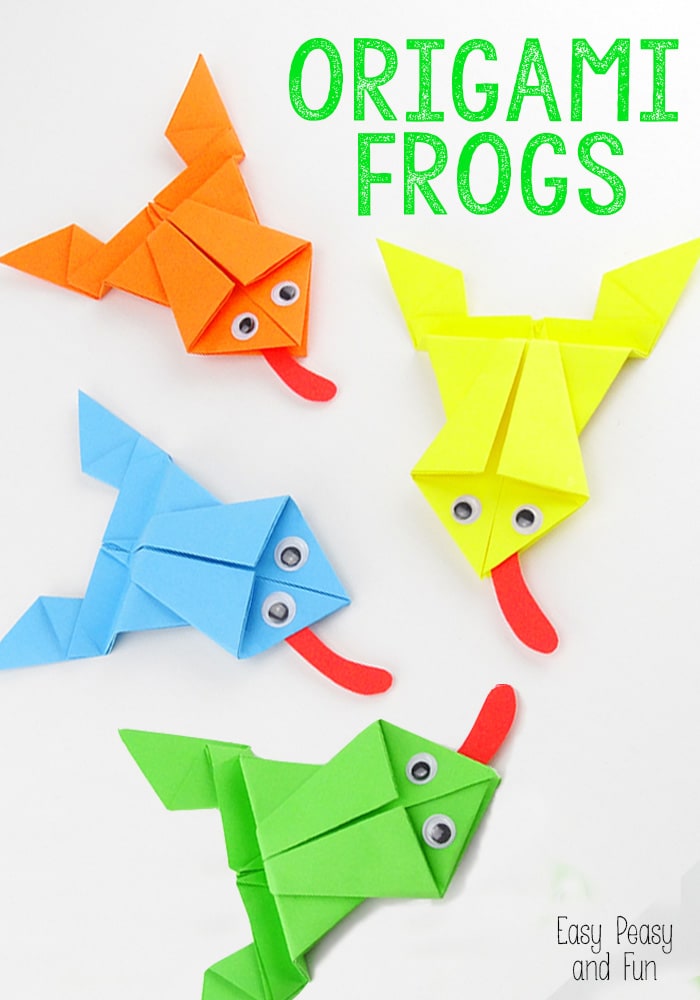

The traditional Japanese art of paper folding isn’t something you’d immediately think to connect to a vending machine, but this one proves that when the two worlds collide, the results can be simply beautiful. Located in the rural town of Uchiko in Ehime Prefecture, this vending machine contains a range of beautifully folded origami designs. I wished to fold the laws of nature, the dignity of life, and the expression of affection into my work.Folding life is difficult, because life is a shape or an appearance caught in a moment, and we need to feel the whole of natural life to fold one moment.Updated ApTechnology Origami Ehime Shikoku "You can fold a simple quadrilateral paper into any shape as you want. In the words of Yoshizawa Akira, the 'acknowledged grandmaster of origami, the father of modern creative origami': The next step, as with any art form, is to find a topic or field that appeals and develop your own style. Designs can be explained in line diagrams or photos and, with practice, can be mastered by anyone. Origami is one such facet that lends itself to the visual medium. In more recent times, the Internet has helped spread the word about Japanese culture, both the long-hidden aspects and the things that western people had heard of but knew little about. There are too many folding steps in making a tsuru for me to describe simply here and lots of sites already provide this and many other ideas. Thousands of origami tsuru at an atomic bomb memorial in Hiroshima Each year on Peace Day (August 6th), tens of thousands of origami tsuru are sent to Hiroshima by chidren all over the world.


Regardless of the details, the story helped inspire the Children's Peace Memorial in Hiroshima and a statue of Sadako in Seattle. A perhaps more reliable version says she completed the 1,000 and went on the fold several hundred more before succumbing to the cancer at the age of 12.
COOL ORIGAMI FULL
One version of the story says that she died when she had made only 644 and her school friends completed the full number and dedicated them to her at her funeral. As she continued, she began to wish instead for world peace. Sadako set about making the tsuru, wishing for her own recovery. Tradition held that if you made a senbazuru (a thousand paper cranes) and made a wish after completing each one, your wish would come true. In the mid-1950s, 11-year old Sasaki Sadako developed leukemia as a result of her exposure to radiation as a baby during the atomic bombing of Hiroshima in 1945. But aside from its ceremonial use, its popularity has been in decline since the Meiji Period (1886-1912) and the modernization of Japan. By the mid-19th century, 70 or more different designs had been created. Kabuki and ukiyo-e are just two examples and origami also gained poularity. It was in the Edo Period (1600-1868) that much of today's popular traditional culture developed as forms of entertainment for the merchant classes and the common people. Serrated strips of white paper were used to mark sacred objects, a custom which can still be seen in every shrine to this day. Paper was folded into set shapes for ceremonial occasions such as weddings. Paper was still a rare enough comodity that origami was a pastime for the elite. It was during this period that Japan's nobility had its golden age and it was a time of great artistic and cultural advances. The earliest records of origami in Japan date to the Heian Period (794-1185). It is believed that paper was first made, and folded, in China in the first or second century. Like many things in Japanese culture, origami (from "oru" meaning to fold, and "kami" meaning paper) has its origins in China.


 0 kommentar(er)
0 kommentar(er)
